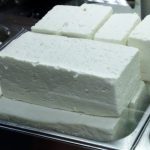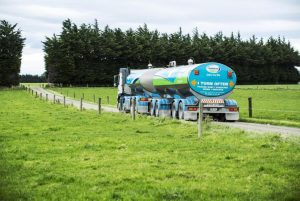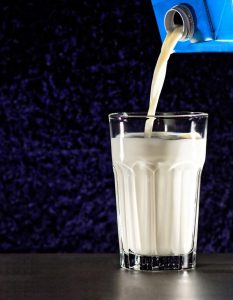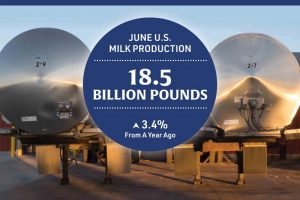
The increase in production costs over the last number of years has been driven by a combination of unit price increases and input usage levels per farm.
The rate of spending for feed has increased significantly in recent years, while pasture utilisation has declined – a trend that needs to be reversed in order to achieve maximised farm profitability.
The reality is, that the average dairy farm income was very poor last year and this was evident from the results of the National Farm Survey 2024, so, farmers need to minimise their costs.
Now, more than ever, needs to be the time where we utilise as much low cost feed as possible – which is grazed grass rather than buying it in the form of dairy nuts or concentrates.
Geo-political issues and wider economic trends drove up fertiliser, feed, and energy costs particularly during 2021 and 2022, which was then masked by the milk price seen in 2022.
Milk price and poor weather conditions continuing into 2024 has put more pressure on margins, even though the units price of some key farm inputs has eased.
Further environmental regulations and the impact of the nitrates banding has also added more costs and uncertainty to farmers.
Limiting production costs
With the uncertainty surrounding the nitrates derogation, farmers don’t know whether they should invest in their business or not, as there is no point investing if the return is not guaranteed.
It is fair to say, that many farmers feel that it is difficult to put cost-saving measures in place when there is no clarity or certainty in sight.
However, the trends in the last number of years has been going in the wrong direction in terms of concentrates fed and grass utilised, they are ramping up the cost of production for dairy farmers.
Dairy expansion advisor at Teagasc, Patrick Gowing and head of dairy knowledge transfer, Dr. Joe Patton, outlined these trends in costs at the Ballyhaise open day, where it was evident that the trend was plummeting profits.
Teagasc analysed the trends in 100 high performing dairy farms from the e-Profit Monitor database, where physical and financial data from 2019 to 2022 were compared.
On a common cost basis, costs per cow increased by €554, or a 40% increase with stocking rates staying somewhat similar.
Fertiliser costs accounted for 21% of the total increase in common cost per cow as unit price per tonne differential accounted for over 100% of the differential in fertiliser costs, as farmers in this data set reduced their usage rate/ha.
The real outlier within this data was purchased feed as it accounted for 39%of the total change in common costs with two thirds of this cost increase being down to unit price.
Unlike fertiliser, which saw a reduction in usage, concentrates fed per cow increased by 29% to 1,229kg/cow.
You may think that this increase in supplements fed would have a major increase in milk output and milk solids production but it had a minor impact.
The data indicated that additional concentrates fed was used to offset reductions in pasture growth due to the reduced fertiliser nitrogen (N) input, as there was more pasture grown (+0.5t) when there was less concentrates fed.
The data suggests that purchased feed needs to monitored and a balance must be met when trying to save in fertiliser input, as it could have a negative impact on feed budget costs.
Driving profits
Dairy farmers need to be reassured that feeding extra concentrates to drive milk volume is not going to have an effect on the profitability of the farm.
This was outlined by a Teagasc study analysing the high and low net margin farms in farms using the eProfit Monitor, showing that there was no association between concentrates fed and farm profitability.
However, there was clear and obvious association with extra pasture utilisation leading to better margins and profitabilty.
The more pasture you utilise and convert that to improved levels of milk solids production while maintaining good cost control will ensure better financial returns.
To drive milk solid production on your farm and for it to be profitable, it must be driven through pasture utilisation and not through extra supplements being fed.
With that being said, pasture utilisation is only going to be achieved through constant monitoring of the grass situation, through day-to-day decisions in order to reduce production costs and drive profits on your farm.
You can now read the most important #news on #eDairyNews #Whatsapp channels!!!
🇺🇸 eDairy News INGLÊS: https://whatsapp.com/channel/0029VaKsjzGDTkJyIN6hcP1K

























